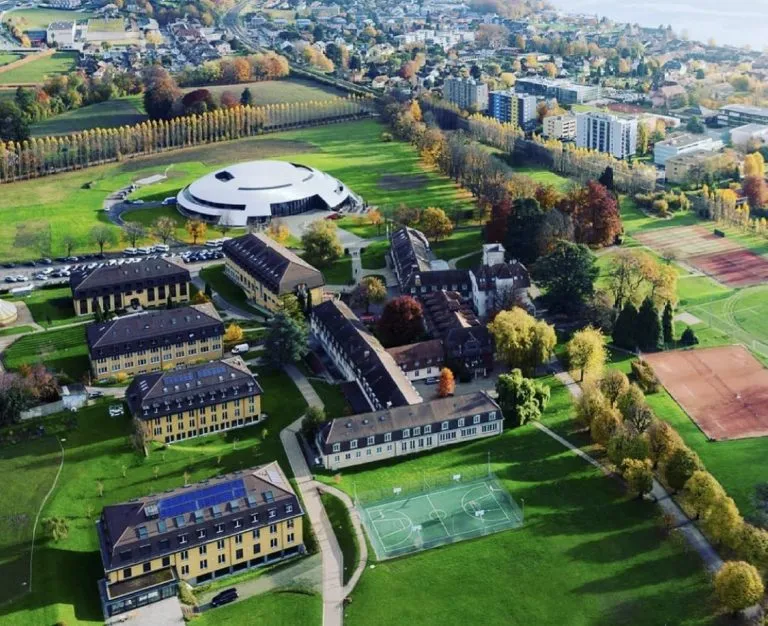Pakistan Petrol Prices Jump Rs 7-12: What You Need to Know
Pakistan braces for another significant fuel price increase as September begins. Sources within the Oil and Gas Regulatory Authority (OGRA) confirm petrol prices will rise by Rs 7-12 per liter, pushing rates from the current Rs 264.61 to between Rs 271.61 and Rs 276.61 per liter. This marks another challenging month for Pakistani consumers already dealing with rising living costs.
The timing of this increase hits particularly hard as families prepare for the upcoming school year and farmers enter the crucial harvest season. Global oil prices rising to $80 per barrel and rupee fluctuations against the US dollar contribute to Pakistan’s increased import costs. Understanding these new rates and their broader impact helps consumers and businesses plan their budgets effectively.
Official September 2025 Fuel Price Breakdown
OGRA’s latest announcement reveals comprehensive price adjustments across all petroleum products:
New Petrol Rates: Rs 271.61 to Rs 276.61 per liter (increase of Rs 7-12) High-Speed Diesel: Rs 279.99 to Rs 284.99 per liter (up Rs 7-12) Light Diesel: Rs 153.95 to Rs 158.95 per liter (increase of Rs 5-10) Kerosene Oil: Rs 170.86 to Rs 175.86 per liter (up Rs 5-10)
These rates take effect from September 1, 2025, and apply nationwide across all fuel stations and petroleum companies including PSO, Shell, and Total Parco.
Why Are Fuel Prices Rising Again?
Multiple economic factors drive this latest price surge in Pakistan’s petroleum sector:
International Market Pressure: Global crude oil benchmarks climbed $2 per barrel, directly affecting Pakistan’s import bill since the country imports over 85% of its petroleum needs.
Currency Exchange Impact: While the Pakistani rupee maintains relative stability at 281.94 against the US dollar, even minor fluctuations significantly impact fuel import costs for the national economy.
Government Tax Policy: The 2025-26 federal budget introduced higher Petroleum Development Levy rates and customs duties, adding Rs 10-15 per liter to consumer prices.
Seasonal Demand Factors: Increased fuel consumption during harvest season and upcoming festival preparations creates additional market pressure on available petroleum supplies.
Agriculture Sector Faces Heavy Burden
Pakistan’s farming community will bear the brunt of these fuel price increases during a critical agricultural period:
Farm Equipment Costs Rise: Diesel-powered tractors, harvesters, and irrigation tube wells become more expensive to operate, directly impacting crop production costs across Punjab, Sindh, and other agricultural provinces.
Transportation Expenses Climb: Moving crops from farms to wholesale markets will cost significantly more, potentially reducing farmer profits by 8-12% according to agricultural sector estimates.
Small Farmer Struggles: Marginal farmers operating on tight budgets may reduce mechanized farming activities, potentially affecting crop yields and food security.
Supply Chain Disruption: Higher freight costs could delay agricultural product deliveries, creating bottlenecks in rural distribution networks.
Consumer Impact and Budget Planning
Pakistani households must prepare for cascading effects beyond direct fuel costs:
Daily Commuting Expenses: Public transport fares typically increase 10-15% following fuel price hikes, affecting millions of daily commuters in cities like Karachi, Lahore, and Islamabad.
Goods and Services Inflation: Transportation costs for consumer goods will rise, potentially pushing overall inflation from 4.1% to 4.5-5% in the coming months.
Utility Bill Increases: Power generation costs may rise for areas dependent on diesel generators, leading to higher electricity tariffs.
Money-Saving Strategies for Consumers
Smart planning helps Pakistani families manage increased fuel expenses:
Optimize Travel Plans: Combine multiple errands into single trips and use carpooling arrangements to reduce individual fuel consumption.
Vehicle Maintenance Focus: Regular servicing improves fuel efficiency by 10-15%, offsetting some price increase impact through better mileage.
Public Transport Adoption: Utilize metro bus services, railway networks, and ride-sharing options where available to reduce personal vehicle dependency.
Alternative Energy Exploration: Consider solar water pumps for agricultural use and electric bikes for short-distance urban travel.
Economic Outlook and Future Projections
Market analysts predict fuel price volatility will continue through the remainder of 2025:
IMF Program Compliance: Pakistan’s ongoing International Monetary Fund agreement limits government ability to provide fuel subsidies, meaning consumers absorb most price fluctuations.
Global Market Dependency: International oil price movements and geopolitical tensions will continue driving local fuel cost changes every two weeks.
Policy Response Limitations: Government fiscal constraints reduce options for price stabilization measures, making consumer adaptation strategies more important.
What Comes Next for Pakistani Consumers
The September 2025 petrol price increase to Rs 276.61 per liter represents a significant economic challenge for Pakistani households and businesses. Planning ahead and adopting fuel-efficient practices becomes essential for managing these rising costs.
Stay informed about OGRA’s bi-monthly price announcements and monitor global oil market trends to anticipate future changes. Consider long-term strategies like vehicle maintenance, alternative transportation, and energy-efficient practices to minimize the impact on your monthly budget.







